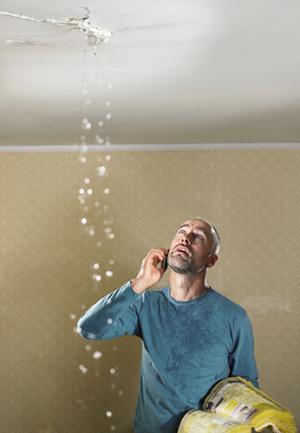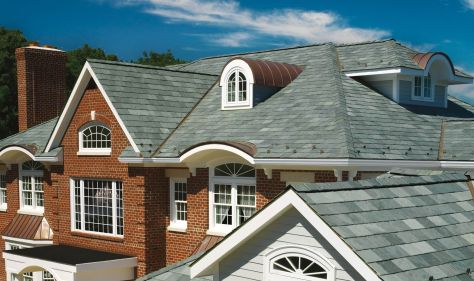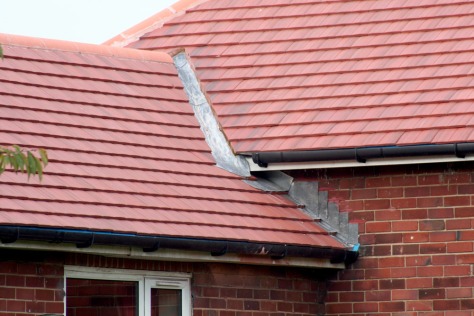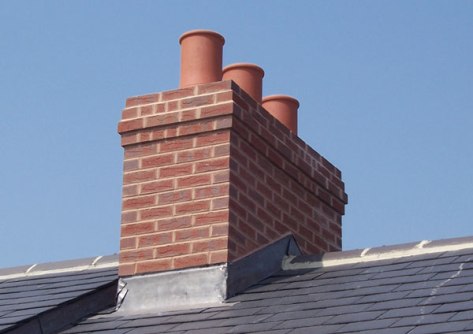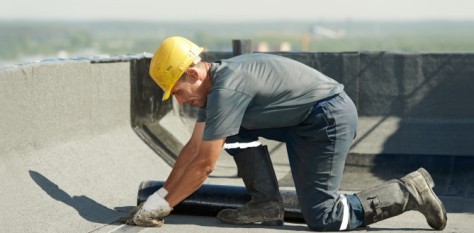Roof leaks are hard to spot and they often become problematic as time goes by. That’s why it’s important that you anticipate them and have a back-up plan to fix these types of problems in your house just in case they’ll happen. Under normal circumstances though, a solid roofing work will not leak for 5 – 10 years time even if it is subjected to harsh weather conditions.
Introduction
Most people assume that their house is a main battle tank (MBT) that can take just about anything Mother Nature dishes at it. That’s until their rook starts leaking or some other related problems occur. The best time of the year to check for roof leaks is during spring, because it’s the rainy season. If you’re able to spot leaks, then don’t panic because it’s better to fix them early on than wait a few months later when they will cost you a lot of money; not to mention unwanted problems. The good news is that there are roof locations where these leaks are prone to appear and because of that, you’ll be able to fix them easily.
Don’t be confused with the roof parts like the flashing, hips, rake, rafters etc., it’s actually not that complicated fixing it and you can do it by yourself. Needless to say, sometimes it will require a professional to it also. No matter the damage, it is imperative that you fix your roofing problems right away in order to avoid bigger complications along the way.
Below are some of the most common roof leaks and how you can fix them:
Roof valley leaks – The area where two parts of the roof of your home intersect is called a roof valley. This area requires special attention as it is a delicate part of the entire roofing system. Most roofs have metal flashing that has often been improperly installed. When the roof valley gets damaged, don’t attempt to fix it on your own, instead call a professional to do it and get it fixed right away.
Skylight Leaks – They may look great for your roof, but skylights are among the things in there that causes leaks often, especially if they’re not properly installed. What’s most frustrating about it is that you’ll have a difficult time to find where the leak is coming from. Most leaks here will occur in the flashing as this is where the roof and the skylight interconnect. This also requires professional work and you’ll have to check if there are roofing contractors near your area. It would be great if your house has insurance from the company that built it, so that you can just call them and fix your roof but only if it’s under warranty.
Chimneys – A leak around the chimney is the final nail in the coffin and if you don’t act quickly it can be the reason for the increase in your blood pressure. This is actually the most difficult are in the roof to determine where exactly the leak is coming from, as it can come from the old caulk, cracks, flashing etc. In order to find the reason for this problem, the entire area around the chimney will need to be inspected carefully. Ironically, even though it’s hard to find the leaks in this area, it is also quite easy to fix it and you can do it by yourself. If the problem is an old sealant or caulking at the base of the chimney, then simply peel off the old seal and replace it with a new one. Double check the flashing and see if it has any leaks or other form of damage, then repair if necessary.
Taking care of your roof first and foremost will make it last longer, so do maintenance work on it occasionally. You can fix your roof with a DIY method but for the difficult parts, just let the professionals handle it.
Terms:
Nesting – Installing a second layer of shingles aligning courses with the original roof to avoid shingle cupping.
Definitions:
Accelerated Weathering: The process in which materials are exposed to a controlled environment where various exposures such as heat, water, condensation, or light are altered to magnify their effects; thereby accelerating the weathering process. The material’s physical properties are measured after this process and compared to the original properties of the unexposed material, or to the properties of the material that has been exposed to natural weathering.
Questions:
I received three significantly different proposals from contractors. How should I decide which contractor to select?
Answers:
Clearly written proposals that are detailed and broken down into separate line items are a good sign that the contractor is being thorough and has prepared an accurate estimate. The following is a partial list of items your estimate or proposal should include:
- The type of roof covering, manufacturer and color
- Materials to be included in the work, e.g., underlayment, ice dam protection membrane
- Scope of work to be done
- Removal or replacement of existing roof
- Flashing work, e.g., existing flashings to be replaced or re-used, adding new flashing, flashing metal type
- Ventilation work, e.g., adding new vents
- Who is responsible for repairing/replacing exterior landscape or interior finishes that are damaged during the course of the work
- Installation method
- Approximate starting and completion dates
- Payment procedures
- Length of warranty and what is covered, e.g., workmanship, water leakage
Also, be sure to read the recommendations listed in Buying a new roof and getting your money’s worth and Selecting An NRCA Professional Roofing Contractor (Steep-slope Residential) for more information.


